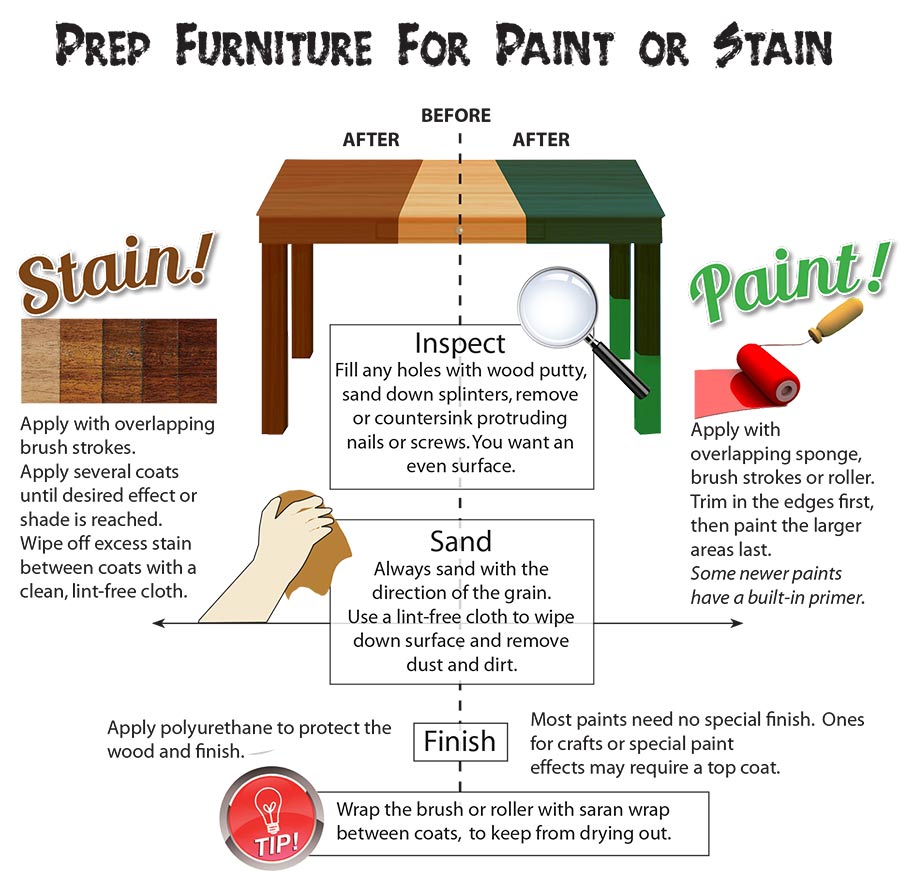Discover The Charming Voyage Of Renovating Old Cabinets, Introducing Hidden Stories And Deciphering The Enigmas Of Bygone Ages
Discover The Charming Voyage Of Renovating Old Cabinets, Introducing Hidden Stories And Deciphering The Enigmas Of Bygone Ages
Blog Article
Content Writer-Stephenson Obrien
To start the trip of recovering antique cupboards, you require a keen eye for detail. Picture discovering hidden secrets within each layer of history ingrained in the wood. Photo the contentment of restoring a once-forgotten item to its previous splendor. Every step of this careful process holds the key to preserving the past while developing a future antique. So, are you ready to start this transformative venture and unlock the possibility of your antique cupboards?
Analyzing the Closet's Condition
When starting the repair process, beginning by assessing the condition of the antique cupboard. Very carefully check out the total structure for any kind of signs of damages such as fractures, chips, or loose joints. Inspect the timber for any kind of rot, bending, or insect infestation that may have taken place in time. It's essential to establish the level of the reconstruction needed before continuing further.
Next off, inspect the closet's hardware such as joints, handles, and locks. Make note of any kind of missing items or parts that need repair service or substitute. Make certain that all hardware is operating correctly and safely connected to the cabinet.
Additionally, examine custom cabinets . Look for any kind of scrapes, stains, or staining that might impact the aesthetic charm. Identify if the coating needs to be removed and reapplied or if a basic touch-up will be enough.
Collecting the Required Devices and Products
After examining the condition of the antique closet, the following step is to collect the essential tools and materials for the reconstruction procedure. Prior to you begin, guarantee you have the complying with items on hand:
- wood cleaner
- sandpaper in numerous grits
- timber filler
- paint or timber tarnish
- brushes
- handwear covers
- safety goggles
- a dust mask
- a ground cloth
- a putty blade
- a hammer
- a screwdriver
- a vacuum
These devices and materials are important for a successful remediation.
Timber cleaner is vital for getting rid of years of dust and gunk build-up, preparing the surface for fining sand. Sandpaper of various grits helps in raveling flaws and preparing the timber for a brand-new surface. Wood filler is handy for repairing any type of cracks, openings, or damages present in the cabinet.
Paint or wood stain, in addition to brushes, allow you to customize the cupboard to your choice. Remember to wear handwear covers, safety and security goggles, and a dust mask for defense. Put down remodeling kitchen to protect your workplace, and utilize a vacuum cleaner to clean up any kind of particles.
With these devices and materials gathered, you're ready to start the reconstruction process.
Implementing the Remediation Refine
To successfully carry out the remediation procedure on your antique cupboard, start by thoroughly cleansing the surface with the wood cleaner. This action is crucial as it aids eliminate years of dust, crud, and old gloss that might have gathered on the surface.
As soon as the cupboard is clean and completely dry, examine the problem of the timber. Search for any kind of fractures, scrapes, or other problems that require to be attended to. Use timber filler to fix any type of flaws, making sure to match the filler shade to the wood tone for a smooth finish.
After the fixings have dried out, carefully sand the entire surface area to produce a smooth and also base for the brand-new finish. Be careful not to sand also aggressively, as you don't want to harm the timber underneath.
Once the sanding is complete, use a timber discolor or finish of your choice, adhering to the manufacturer's guidelines. Enable the coating to completely dry completely before applying a protective leading layer to make sure the longevity of your restored antique closet.
Final thought
Since you have actually finished the remediation process, your antique cupboard looks like new.
By complying with the detailed overview, you had the ability to assess, fix, and boost its condition with ease.
With a fresh finish and safety top layer, your valued piece will remain to beam for several years to come.
Appreciate the charm of your restored antique cupboard!
